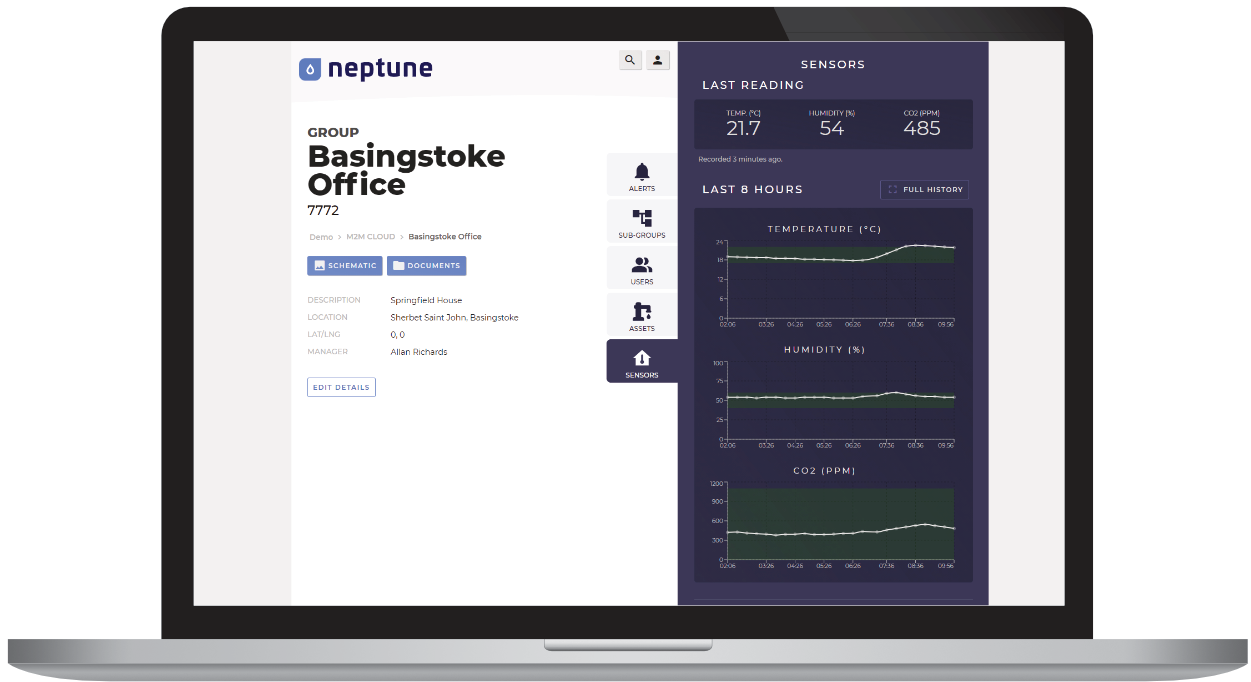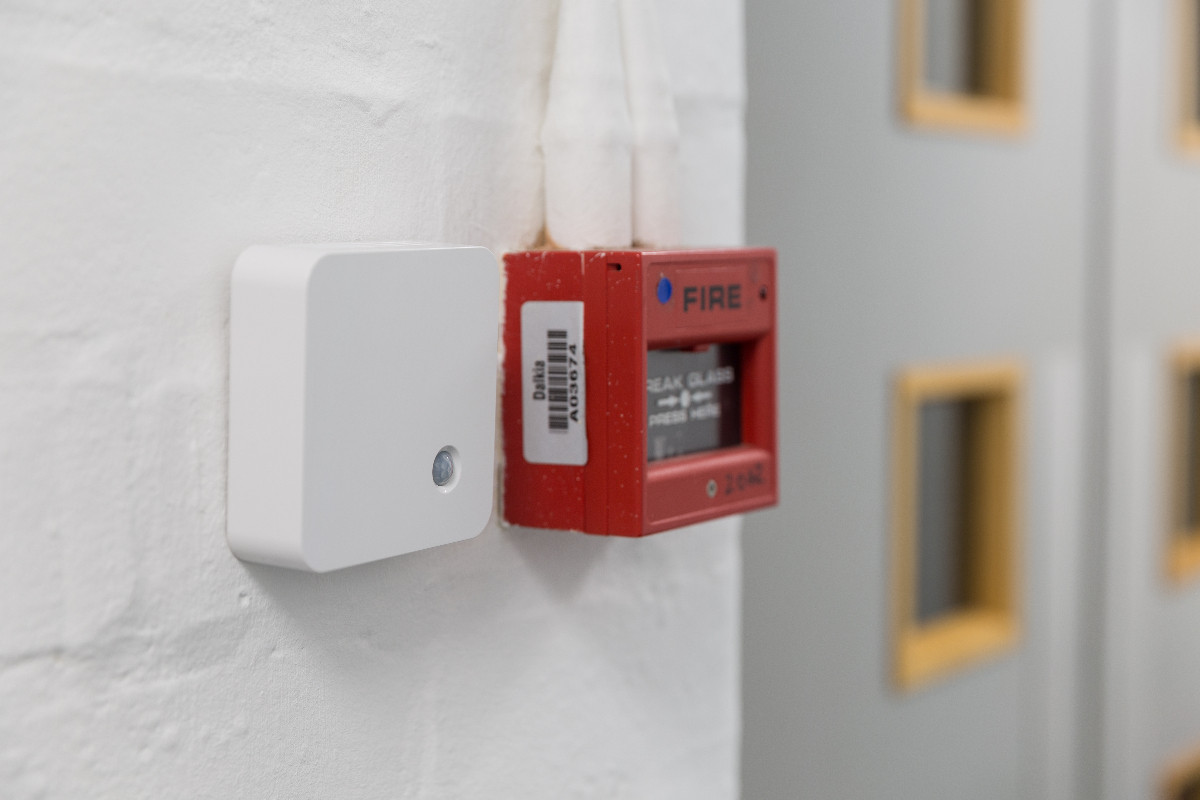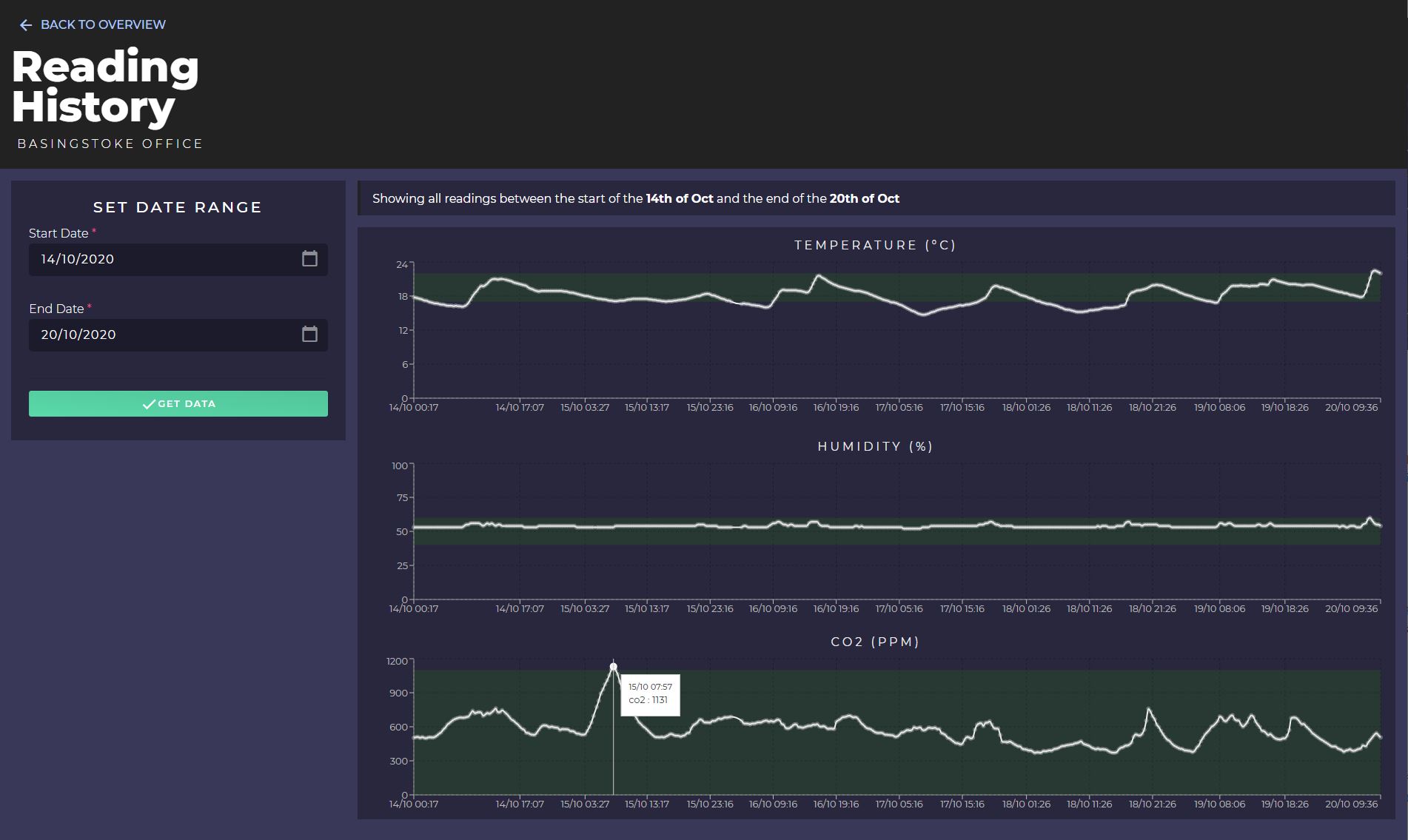Risk Score
Following a bench marking period, Neptune uses proprietary machine learning algorithms to assign a risk score to the building health sensor. This score encapsulates the exposure to risk such as exposure to high levels of CO₂ saturation as captured by the Neptune system. By highlighting issues with your most at-risk rooms this allows organisations to focus only on the areas which requires action rather than be distracted with those operating within healthy ranges. This facilitates the deskilling of building health management to persons of responsibility onsite and removes the reliance upon experts with domain specific knowledge.



